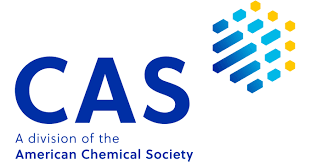Formulation, development and characterization of ibuprofen microemulgel for arthritis
DOI:
https://doi.org/10.56770/jcp2022623Keywords:
Microemulsion, Analgesic activity, Zeta potential, Topical formulation, IbuprofenAbstract
Objective: Microemulgel is composed of aqueous phase, lipophilic phase, along with surfactant and co-surfactant, a suitable gelling agent is also incorporated. The drug Ibuprofen is non-steroidal anti-inflammatory drug. Its oral administration associated with many GIT, hepatic and renal problems. The main objective of the study was to formulate a stable topical microemulgel of ibuprofen in order to achieve the highest bioavailability with least side effects. Method: Pseudo ternary phase diagram was constructed in order to get the suitable concentrations of lipophilic phase, surfactant and co-surfactant. Phase titration method was used to prepare microemulsion, with surfactant and co-surfactant in a ratio of 2:1 respectively, along with gelling agent to form microemulgel. Formulations were evaluated to check appearance, pH, flowability, particle size, drug content, spreadability, drug release and skin irritation. Results: The globule size of microemulsion was 400 nm and zeta potential was -14 mV showing acceptable stability. Formulated emulgel showed good physical characteristics, suitable pH of 6.4 for skin. The drug content was 98.474%. The stability study showed that the ibuprofen was stable in phosphate buffer pH of 6.8. The carbopol 940 as a gelling agent showed high release rate values. The release rate of the optimized formulation, F1 was 94% and it followed Korsmeyer Peppas model (n=0.467). Conclusion: The prepared formulation was cost-effective because of promising highest bioavailability. The results suggest the potential use of developed microemulgel is mainly for topical delivery of ibuprofen, ensuring the safe use.
Downloads
Published
How to Cite
Issue
Section
License
Copyright (c) 2022 The authors retain the copyright without restriction.

This work is licensed under a Creative Commons Attribution 4.0 International License.









